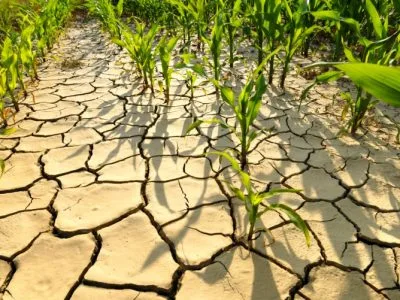Washington State Could House Wind Energy Deep Underground
Two locations in the eastern Washington State in America have been identified as ideal sites for compressed air energy storage. The findings are the result of research by scientists from the Bonneville Power Administration and the U.S. Department of Energy’s Pacific Northwest National Laboratory. The discovery is timely as it comes on the heels of recent BPA moves to stop wind farms from doing exactly what they are built for – generating electricity through wind power. The BPA mandates led to the loss of millions of dollars in revenues and tax credits for wind farm owners.
While compressed air energy storage is a familiar concept, it has hitherto only utilised salt caverns as housing sites. The new locations proposed for CAES contain naturally porous and permeable volcanic rocks, which would avoid the need for solution mining as in the salt caverns. The suggested underground spots, located in the Yakima Canyon and another near the Columbia River, will also make use of geothermal energy to cool the plant’s air compressors. Together, both the locations can store enough energy to power 85,000 homes per month.
If you want to know more about this and other topics directly from end users of energy storage technologies join us at one of these annual events: The Energy Storage World Forum (Grid Scale Applications), or The Residential Energy Storage Forum, or one of our Training Courses.



